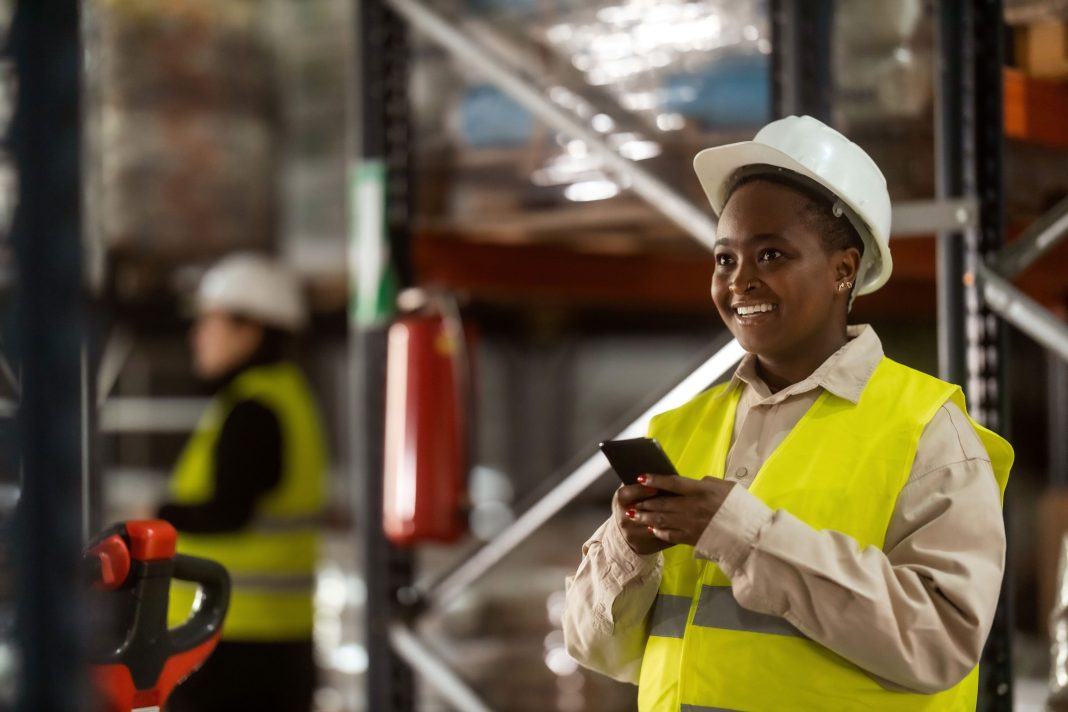Senior employee experience consultant at WorkBuzz Ian Barrow considers how a stronger diversity strategy can help improve the representation of women, BAME and LGBTQ+ identities in construction
Let’s not sugar coat it: UK construction is an industry dominated by white men, and there is a lot that needs to be done to improve diversity, equality and inclusivity (DE&I) in the sector.
However, as well as being morally the right thing to do, it also makes smart business sense, as a larger pool of diverse talent is a simple solution to the ongoing skills shortage.
But how do construction leaders even start to tackle such a mammoth, industry-wide challenge?
The answer lies in following a few key steps, from having the right leadership team through to realising the DE&I strategy – and each step has employee listening at its heart.
In the UK, women make up just 15% of the construction workforce, with a mere 2% of these working onsite.
Black, Asian and other Minority Ethnic (BAME) groups comprise just 6% of the workforce, with the same figure for employees with a disability.
On top of this, 60% of LGBTQ+ construction workers have experienced homophobic or derogatory terms while at work.
These figures from the Chartered Institute of Building highlight the stark reality of working in construction – it’s male, it’s white, it’s able-bodied, it’s heterosexual, and anything else makes for an uncomfortable employee experience.
Construction organisations that are more representative of UK society not only benefit their own employees, by giving everyone an equal chance to grow and excel, they’re also more competitive, more robust, and more innovative. After all, with diversity comes new ideas and fresh approaches.
The starting point is to take a look at senior leadership:
- Are they modern and forward-thinking, and do they lead with compassion and understanding?
- Are they representative of the diverse workforce you wish to build?
Make sure the right people are in place, who can help nurture a new way of doing things.
Secondly, DE&I goals should have clear timeframes, highlighting where the business needs to get to in one, three and five years’ time. These goals shouldn’t just be about the numbers, such as how many women and BAME employees there need to be, but must address the organisational culture.
- What will the new culture ‘look like’?
- How will it make employees feel?
- How does the company’s purpose and values fit with this new culture?
It may be that everything needs stripping back and rebuilding, to ensure purpose, values and culture are aligned.
To achieve a new, more inclusive culture, leaders must get under the bonnet of their existing culture and learn more about their people’s views and opinions. After all, you need to understand where you’re at in order to figure out how to get to where you’re going.
This is a learning process, and leaders must listen to their people in ways that provide actionable insights. Using engagement technology that provides quick and easy ‘pulse surveys’ for deskless workers to complete anonymously on their mobile devices, or at other touchpoints, is key.
This allows the seamless, confidential gathering of diversity data and feedback about employee experiences, so leaders have answers to some important DE&I questions. How represented do workers feel? Have they witnessed instances of racism, sexism or homophobia? Do they feel a sense of community while at work?
All that feedback can be pulled together, analysed, and turned into actions – including identifying ‘at risk’ groups and ‘red flags’ that may need urgent attention. The use of benchmarking can also help leaders to understand how they compare to similar organisations.
Once you have an honest view of the company’s current culture, an understanding of employee opinions, and clear goals in mind, it’s time to create your diversity strategy. This is about getting the business to where it needs to be in manageable stages, so diversity gaps are overcome and the culture becomes more welcoming and inclusive to all.
Involving all employees is key to a long-term successful diversity strategy
When it’s time to act on the diversity strategy, all employees must be involved in the plans and communicated with frequently so that they become engaged with the changes. It’s crucial to continue giving employees a voice in how changes are implemented, so priorities are identified and everyone feels included and listened to.
Some changes will take longer than others, especially when it comes to changing hearts, minds, behaviours and language, so realistic time frames should be set out.
Finally, the strategy needs to be realised, and the continual gathering of feedback from employees on how progress is going plays a vital role. Has there been a cultural shift? Do employees feel a sense of belonging? And what more needs to be done?
By ensuring employees are always listened to and the insights are actioned, the organisation will start to realise its DE&I goals, and we can all start shaking – and reshaping – the construction industry’s reputation and future.

















